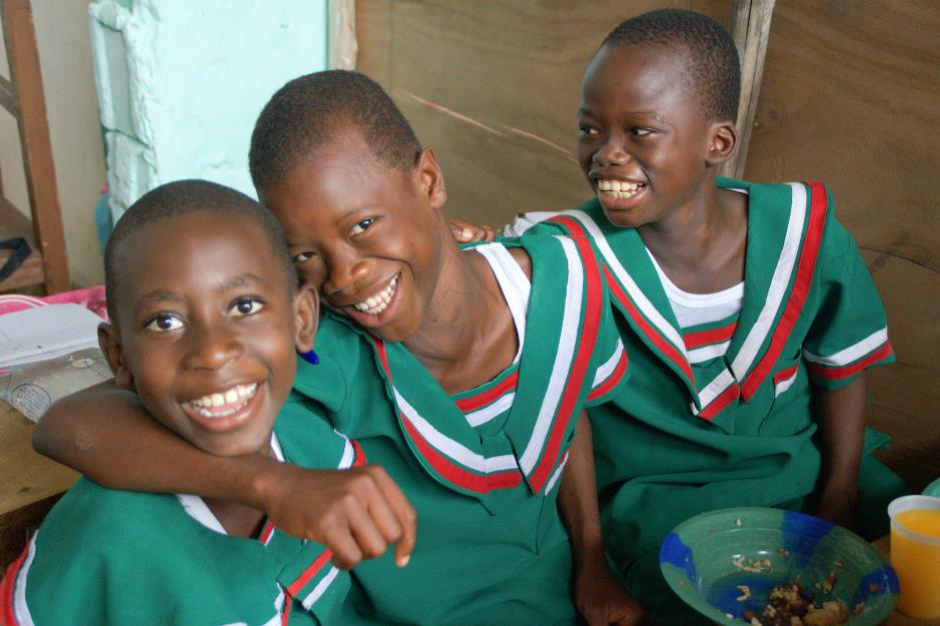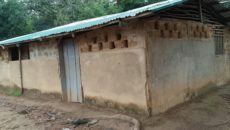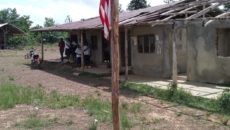SACLEPEA, Nimba – After being suspended for a year, the World Food Programme is expected to recommence its home-grown school meals program in Nimba for the 2018/2019 academic year, beginning with selected schools in four education districts.
Speaking after a day-long meeting with farmers in Saclepea, WFP’s program assistant for school feeding in Nimba, Cerie K. Zarwea, told reporters that funding had been made available through donors to enable the program to continue. The reintroduced program is expected to cater to at least 20,000 school-going children across four education districts in Nimba County for the academic year.
“We halted the process due to funding issues,†Zarwea said. “But in recent times, we got funding and we decided to resume the home-grown school feeding [program]… we have opened accounts for 62 schools in four education districts — all those schools accounts have been opened, and the transfer modalities are in process already.â€
In 2015, WFP’s country director, Julie MacDonald, said the organization was partnering with the Ministry of Education to transition from the regular school meals program which generally used imported food, to the home-grown school feeding program that will be more sustainable and adaptable to the Liberian society.
The program was expected to increase beneficiaries in its second year from 127,000 to 300,000 in nine counties; however, the program came to a temporary closure due to lack of funds.
Now that funding is said to be available to run the program only in Nimba, a day-long meeting was held with farmers who are expected to supply rice, beans, and palm oil products to the selected schools during the life of the program.
“We carried on a market price analysis. We were in Bahn market, Burnadine, and we will also be doing it in Saclepea,†Zarwea said. “We want to know the prices of those sensitive commodities and also establish an equilibrium price with the farmers.â€
Zarwea added that dealing with the local farmers would create a market for their farm produce after harvest.
“Bein-Garr will have 11 schools, Saclepea Two will have 12 schools. [In] Zoe-Geh, we get 16 schools and in Saclepea One, we get 23 schools,†he added.
School feeding has been proven to promote higher school attendance and ensure lower dropout rates. It also helps reduce childhood malnutrition in a country where about a third of children have their growth stunted. The increased demand for produce made by local farmers and vendors also means that the program with help improve the local communities.
Featured photo by FMSC



